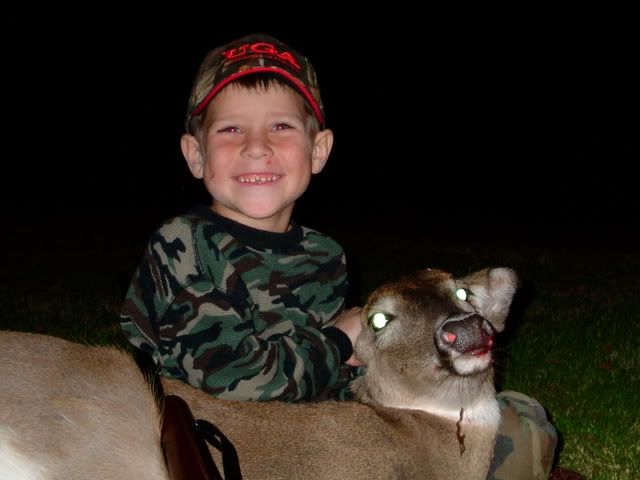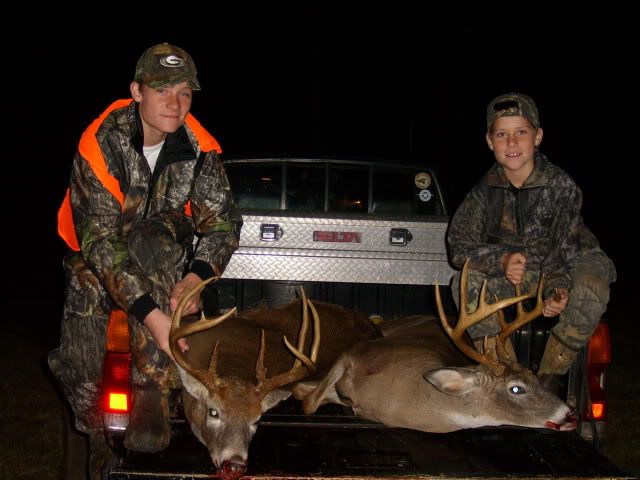humdandy
Banned
I have been watching your thread about your tracking jobs and congratulate you guys on some hard work!
Do you ask the hunter what kind of weapon they use? What caliber? How far was the shot? Etc??
Have you noticed a pattern with certain calibers, if you know?
Thanks
Do you ask the hunter what kind of weapon they use? What caliber? How far was the shot? Etc??
Have you noticed a pattern with certain calibers, if you know?
Thanks




